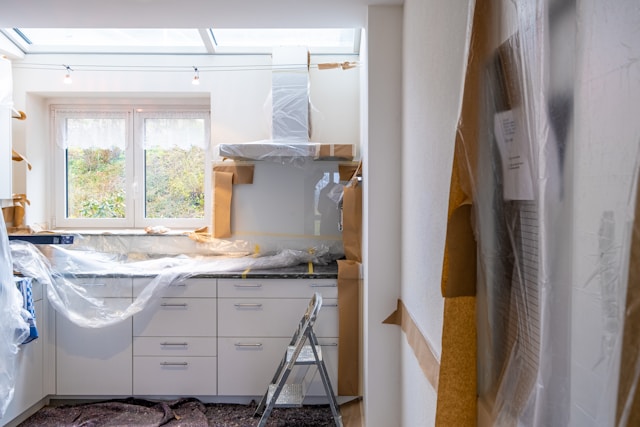A church’s architectural design must embody Sacred Tradition and be accessible to everyone. The challenge for the design team is how to do this while remaining true to new technological frameworks. The church-building trend is moving toward multipurpose spaces that can be used for multiple functions. This creates an opportunity for churches to utilize modern design styles that appeal to a younger generation of individuals.
Building Committee
A well-formed church building committee is essential to the success of a church design construction CA project. Leadership ability and ministry understanding should guide the selection of a committee. Avoid a team dominated by secular skill or construction experience. A vital aspect of the committee’s work is interviewing and selecting a design team, including an architect and general contractor. When choosing an architect, consider the firm’s experience with religious projects, references, and fee structure, which should be explained in detail. Church designs vary widely, influenced by the traditions of each faith. An architect must understand and demonstrate these traditions in their designs. Another critical consideration is the ability to use space efficiently. For example, many churches have moved away from slanted sanctuary floors and now utilize level flooring for various uses. This flexibility allows a single room to meet multiple needs with a simple furniture shift. Also, seating styles are moving from pews to more flexible configurations.
Planning
Whether you’re building new or expanding an existing facility, an effective planning process is critical to the success of your project. Planning helps you set goals for your Church and makes sure your vision is shared with everyone involved in the process. Church leaders want to create spaces that serve their current needs without limiting their long-term growth potential. This can be a challenge when incorporating traditional sacramental design elements into the construction of a worship space. Creating flexible spaces will allow your Church to adapt to changes in culture and population. This can be achieved by using versatile building materials and designing spaces that can be easily adapted in the future. For example, many churches focus on atriums and lobbies where their congregations can meet before services. These spaces can be easily shifted to accommodate casual fellowship, choir rehearsals, or Sunday school with a simple shift in furniture.
Design
The design process includes creating a master plan for each church campus. This ensures that the Church will grow with the community and meet current needs. It also helps ensure the Church can attract worshippers to its facilities outside of Sunday services. Modern churches often include casual meeting spaces. These can be as simple as a gathering area where people can chat before or after church services. They can also be more formal, like atriums with cafes and comfortable seating. These spaces can be used for meetings, choir practice, and other church events. Traditionally, churches have been built with symmetrical architecture. This provides a balanced and calming environment for the entire worship process. The use of art, like paintings, sculptures, and other decorative features, can add to the overall aesthetic of the space. Alternatively, churches can choose to go for more avant-garde designs.
Construction
During the construction process, the church design team will create a plan sensitive to current traditions and heritage while also focusing on meeting the congregation’s future needs. This may require a shift in the Church’s focus from a simple one-room plan to a more versatile space with wider spans and the ability to be expanded over time. Another change in the church building process is moving away from slanted sanctuary floors to level flooring that allows for more flexibility with seating. Having the ability to use the space efficiently and make adjustments as needed will pay dividends in future years.

 Keeping Your Hearth in Top Shape: The Value of Routine Fireplace Repair
Keeping Your Hearth in Top Shape: The Value of Routine Fireplace Repair  Septic Systems: Maintenance Tips for Homeowners
Septic Systems: Maintenance Tips for Homeowners  Timeless Elegance: A Guide to Buying Your First Antique Shelf Clock
Timeless Elegance: A Guide to Buying Your First Antique Shelf Clock  Fostering Tranquility: Infusing Personal Well-Being into Home Renovation Ventures
Fostering Tranquility: Infusing Personal Well-Being into Home Renovation Ventures 


